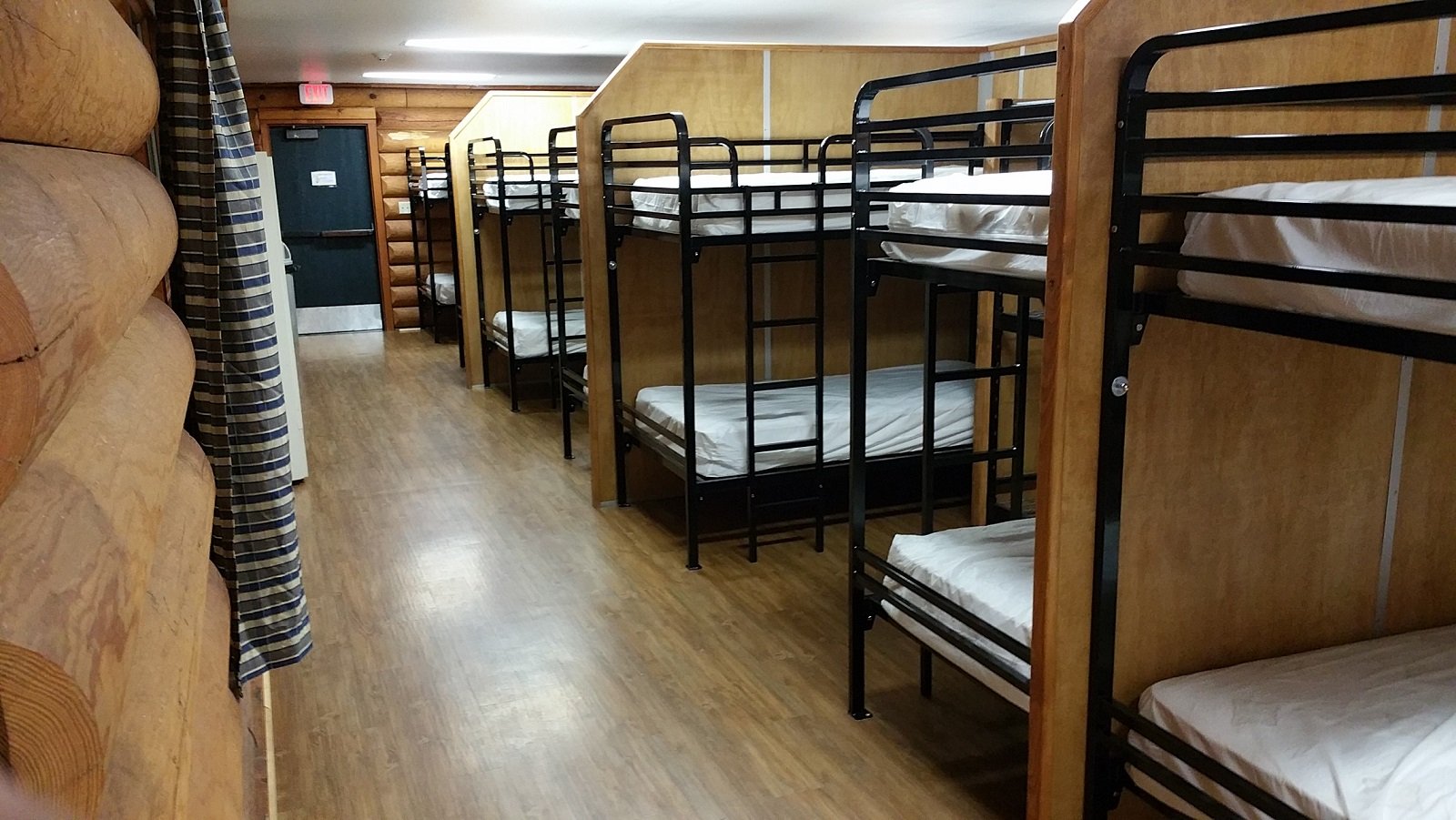Bunk beds are a popular choice for families and institutions alike, offering a space-saving solution that maximizes room usage while providing functional and stylish sleeping arrangements. As the demand for bunk beds grows, the role of bunk bed manufacturer becomes increasingly significant. These manufacturers are responsible for designing, producing, and delivering high-quality bunk beds that meet safety standards and cater to diverse customer needs. In this article, we’ll explore the various aspects of bunk bed manufacturing, from design considerations and materials to safety standards and market trends.
1. Design Considerations
Designing a bunk bed involves several key considerations to ensure functionality, safety, and aesthetic appeal. Manufacturers often focus on the following elements:
a. Space Efficiency
- Compact Designs: Bunk beds are primarily chosen for their ability to save space. Manufacturers create designs that fit seamlessly into small rooms, making them ideal for children’s bedrooms, dormitories, and hostels.
- Storage Solutions: Many bunk beds incorporate storage options such as drawers, shelves, and even built-in desks, further optimizing space usage.
b. Versatility and Customization
- Modular Designs: Some manufacturers offer modular bunk beds that can be reconfigured into single beds or different arrangements, providing flexibility as needs change.
- Custom Finishes: Options for custom finishes, colors, and materials allow customers to choose bunk beds that match their interior décor.
c. Aesthetic Appeal
- Styles and Themes: From modern minimalist designs to themed beds for children, manufacturers offer a wide range of styles to suit different tastes and preferences.
- Material Choices: The choice of materials, including wood, metal, and composite materials, influences the overall look and feel of the bunk bed.
2. Materials Used
The choice of materials is crucial in bunk bed manufacturing, impacting durability, safety, and aesthetics. Common materials include:
a. Wood
- Solid Wood: Durable and robust, solid wood bunk beds are a popular choice for their strength and classic appeal. Common woods used include pine, oak, and maple.
- Engineered Wood: Plywood and MDF (Medium-Density Fiberboard) are often used for their cost-effectiveness and versatility in design.
b. Metal
- Steel: Metal bunk beds, particularly those made from steel, are known for their strength and durability. They are often used in institutional settings like schools and hostels.
- Aluminum: Lightweight and resistant to rust, aluminum bunk beds are a practical option for outdoor and coastal environments.
c. Composite Materials
- Combination: Some manufacturers use a combination of wood and metal to create hybrid designs that offer the benefits of both materials.
3. Safety Standards
Safety is a paramount concern in bunk bed manufacturing. Adhering to safety standards and regulations is essential to protect users, especially children. Key safety considerations include:
a. Structural Integrity
- Weight Capacity: Ensuring the bunk bed can support the weight of occupants without compromising stability.
- Sturdy Construction: Using robust joints and connections to prevent wobbling and potential collapse.
b. Guardrails and Ladders
- Guardrails: Installing guardrails on the top bunk to prevent falls, with specific height and spacing requirements to ensure effectiveness.
- Ladders: Providing secure and easy-to-climb ladders, with non-slip steps and proper anchoring to the bed frame.
c. Material Safety
- Non-Toxic Finishes: Using non-toxic paints and finishes to prevent harmful chemical exposure.
- Smooth Edges: Ensuring all edges and corners are smooth and rounded to avoid injuries.
4. Market Trends
The bunk bed market is evolving, with manufacturers adapting to changing consumer preferences and technological advancements. Current trends include:
a. Sustainable Practices
- Eco-Friendly Materials: Increasing use of sustainably sourced wood and recyclable materials.
- Green Manufacturing: Implementing environmentally friendly manufacturing processes to reduce carbon footprints.
b. Innovative Designs
- Smart Bunk Beds: Integrating technology such as built-in lighting, charging ports, and even smart storage solutions.
- Themed Bunk Beds: Creating themed bunk beds that appeal to children, such as castle beds, car beds, and adventure-themed designs.
c. Health and Wellness
- Ergonomic Designs: Focusing on ergonomic designs that support healthy sleep postures and minimize discomfort.
- Hypoallergenic Materials: Using hypoallergenic materials to cater to users with allergies and sensitivities.
5. Choosing the Right Manufacturer
When selecting a bunk bed manufacturer, it’s important to consider factors such as:
a. Reputation and Reviews
- Customer Feedback: Reading reviews and testimonials to gauge customer satisfaction and product quality.
- Industry Reputation: Choosing manufacturers with a solid reputation in the industry and a track record of reliability.
b. Customization Options
- Bespoke Solutions: Opting for manufacturers that offer customization options to meet specific needs and preferences.
- Design Flexibility: Ensuring the manufacturer can accommodate unique design requests and modifications.
c. Compliance and Certifications
- Safety Certifications: Verifying that the manufacturer complies with relevant safety standards and holds necessary certifications.
- Quality Assurance: Ensuring the manufacturer follows strict quality control processes to deliver high-quality products.
Conclusion
Bunk bed manufacturers play a crucial role in providing functional, safe, and aesthetically pleasing sleeping solutions for a variety of settings. By focusing on design innovation, material quality, and adherence to safety standards, these manufacturers meet the diverse needs of their customers. As market trends continue to evolve, the future of bunk bed manufacturing looks promising, with ongoing advancements in sustainability, technology, and design. Whether you’re a family looking for a space-saving solution or an institution in need of durable and versatile bunk beds, understanding the manufacturing process and choosing the right manufacturer is key to making an informed decision.
